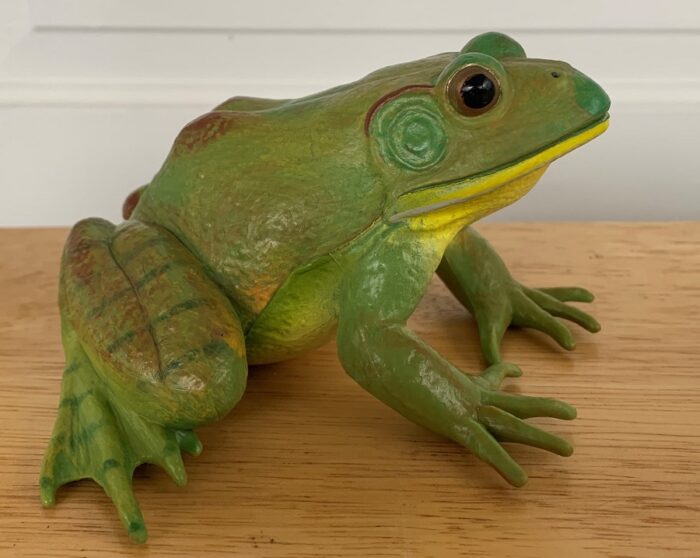Beaver (Wild Safari North American Wildlife by Safari Ltd.)

Review and images by Suspsy; edited by bmathison1972
No animal is more associated with Canada than the beaver (Castor canadensis). Many First Nations tribes from the Haida to the Cree to the Mi‘kmaq include it in their legends, usually emphasizing the animal’s industrious nature. Moreover, the fur trade, which began in the 16th century and upon which the entire nation was built, was based primarily on beaver pelts.
Rattlesnake (Wild Life by Schleich)
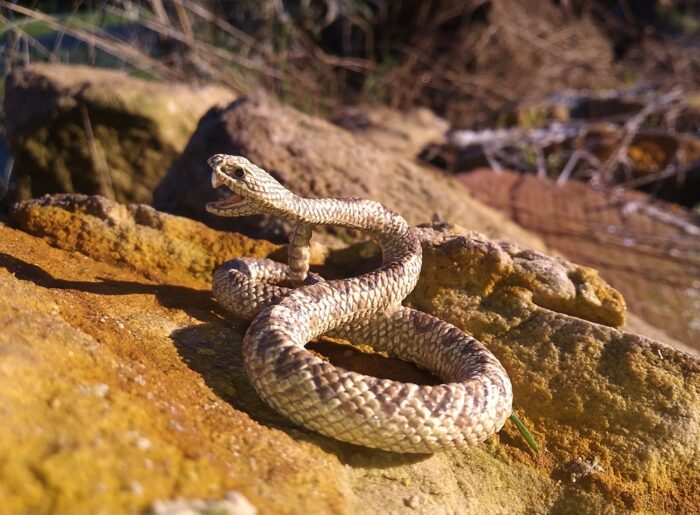
Review and images by Lanthanotus; edited by bmathison1972
Amongst the suborder of Serpentes (Snakes) with their quite uniform body plan, rattlesnakes make a somewhat exotic difference. Few species of snakes have keeled or largely overlapping scales which give the rattlesnakes’ skin a rather coarse appearance, some species even have small horns above their eyes, and all have small ridges above their eyes which bestows them the sinister look of all vipers.
Bigfoot (Mythical Creatures by Safari Ltd.)

Review and images by Suspsy; edited by bmathison1972
The Sasquatch (Megapodapithecus krantzi), more popularly known as Bigfoot, is one of only two apes (the other being Homo sapiens) known to inhabit the North American continent. It is also one of the world’s largest primates, with adult males regularly growing to well over two metres in height and 227 kg (500 lbs) in weight.
Giant Anteater (Wild Animals by Papo)
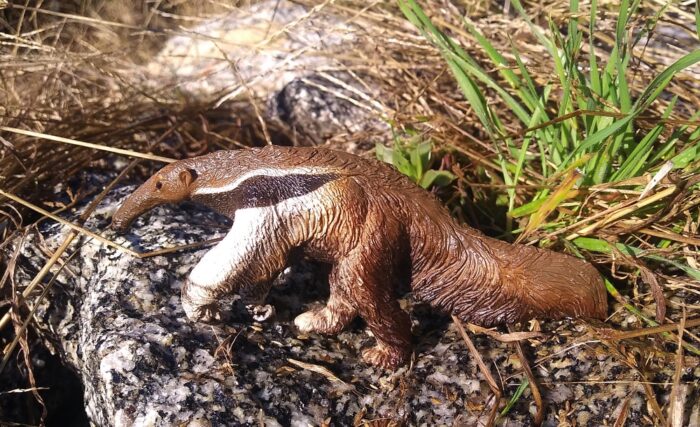
Review and images by Lanthanotus; edited by bmathison1972
Amongst the mammals the typical human is familiar with, the giant anteater (Myrmecophaga tridactyla) holds a firm place. It is just so different from the rest of its class, that even young kids usually know it. While few zoos keep this strange animal for its not-so-easily-satisfied diet, its popularity is held up by its frequent appearance in books, media, and as toys.
American Bullfrog (Wild Republic FrogWatch USA, by K&M International)
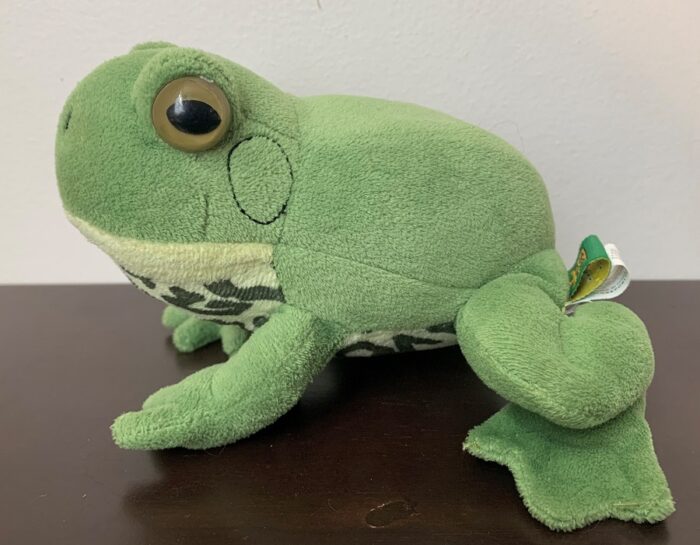
The American bullfrog (Lithobates catesbeianus) is the largest frog species native to North America and a member of the Ranidae, or true frog, family. Bullfrogs are native to most of eastern North America but have been introduced elsewhere in North America and around the world. Bullfrogs are bold and voracious feeders, eating anything that moves in front of them that they can fit in their mouths.
American Bullfrog (Incredible Creatures by Safari Ltd.)
Endangered Species Reptiles Box (Colorata)
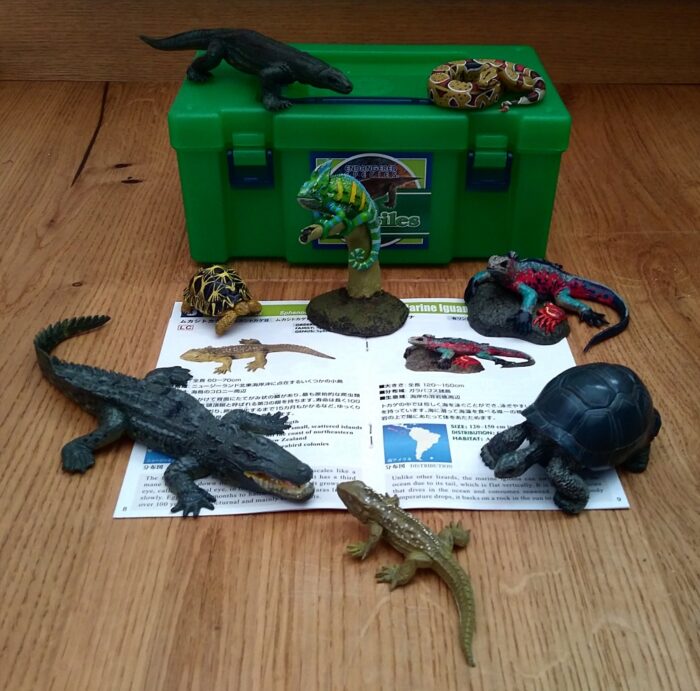
Review and images by Lanthanotus; edited by bmathison1972
Colorata is a Japanese company that has been around for several decades. The internet and global market made their models available to the world outside Asia and the quality of their products made them desirable collector items. A lot of Colorata’s figures have been released as parts of a box, set, of which there are quite a lot to choose from, “fossil fish”, birds of prey, sharks, dinosaurs, cats and a lot more.
American Alligator, 2013 (Wildlife by CollectA)
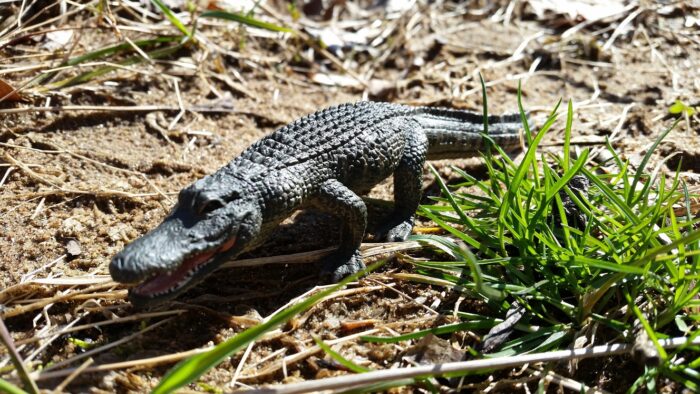
One of the things that distinguishes an alligator from a crocodile is that an alligator is usually dark gray, green, or black in color, sometimes with bright yellow bands on juveniles and more faded ones on some adults. Crocodiles are lighter in color, often very light greens and browns with mottling.
Spring Peeper (Wild Republic FrogWatch USA, by K&M Internationl)
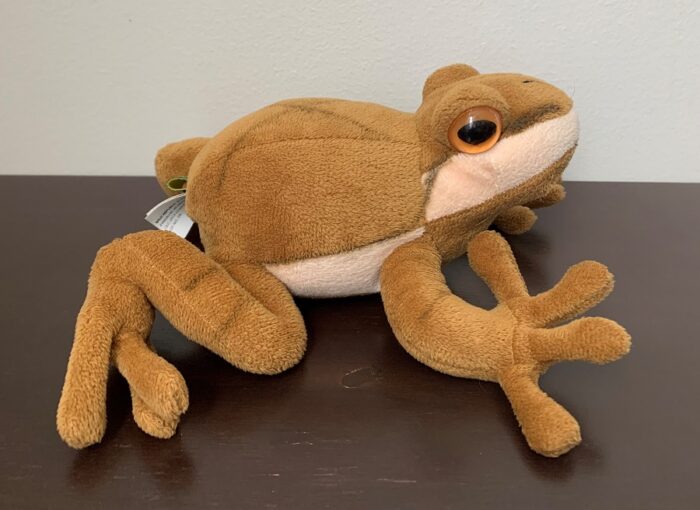
With spring fast approaching throughout the northern hemisphere I thought it would be fun to review one of the season’s most famous harbingers, the spring peeper (Pseudacris crucifer). Of course, the species is only famous if you happen to live within its range, which happens to be the eastern portion of North America, from eastern and central Canada, south to eastern Texas and every state east of the Mississippi.
American Alligator, small (Flopsies by Aurora World)

Alligators have held a unique appeal for me for many years since I was quite small. I remember watching an old VHS on reptiles in 2003 that prominently featured alligators. It was called “Crocodile Rocks: Itty Bitty Kiddy Wildlife.” The program played classic rock in the background, but was quite informative about alligators.
Butterflies (Junior Groovies by Innovative Kids)
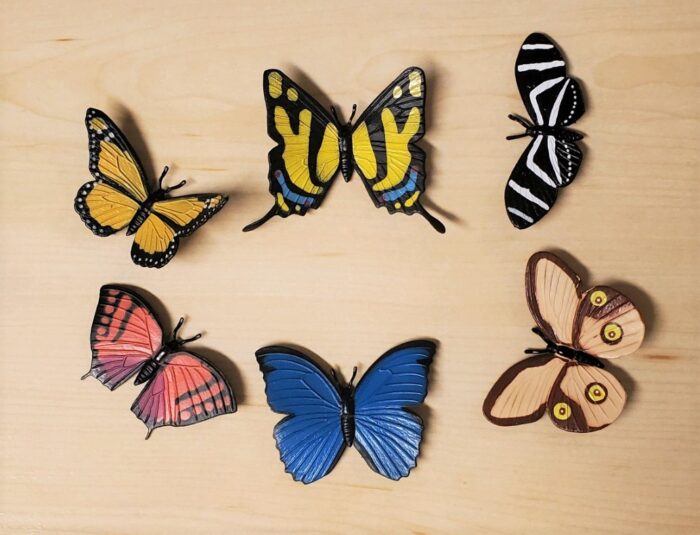
Today I will be reviewing a collection of butterflies by Innovative Kids. It is from their Junior Groovies collection, which is a lot like the familiar Groovy Tube Books collection, but for a younger audience (ages 3-6, or, in this case, 48-year-olds who collect toy insects). First of all, I should thank STS forum member Saarlooswolfhound for alerting me to this on Amazon.





